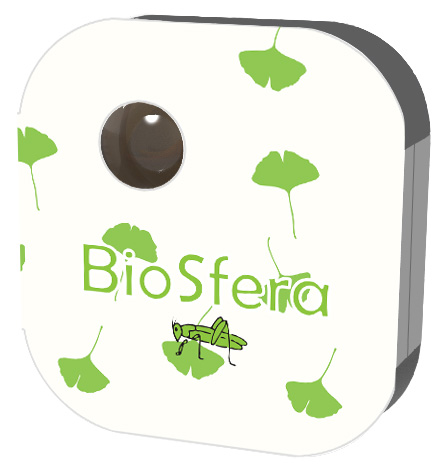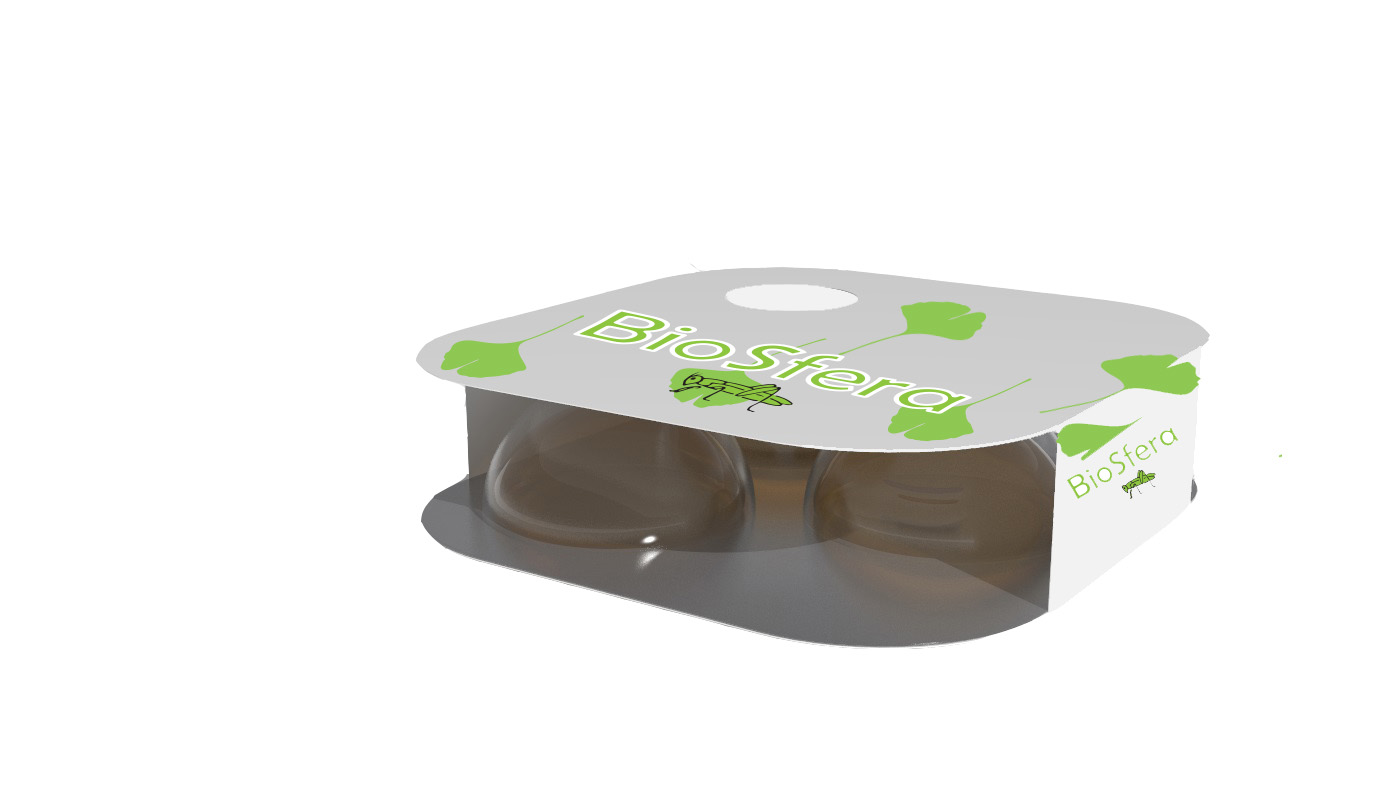Interview with Daniela Curion, food designer
Recently you had your degree with a thesis on an edible insects-based product. Tell us how you got interested in the topic.
Everything started one night in a coffee bar with some of my friends. When you finish all the exams, you take stock of what you have lernt and reflect on the new goal to set yourself. That evening I decided that my vocation would be the research for environmental sustainability. A vegan friend of mine was there with us too, that evening she ate almost nothing. For a while this idea came in my mind: What if it was not our choice? What if we could no longer feed as we do today, because the resources will not be enough? I did some research about it and I found that this question aroused so many considerations in the last few years as many attempts to give an answer. The idea of insects came to me almost spontaneously, halfway between a challenge and a social experiment. I read an article from the HHS (United States Department of Health and Human Services) saying that throughout a lifetime, a person can unconsciously swallow about seven kilos of insects through food. Yet today only two billion people consciously consume this food. I developed a passion for this theme by the moment I decided to eat crickets and I found out that the “taboo aura” that envelops entomophagy has no reason to exist, because they were good! At that point I just had to persuade others to follow me in my experiment.
BioSfera is the name you’ve chosen for your project. Can you introduce the product? Did you collaborate with someone to realize it?
Biosfera is a sweet snack made from honey and insects. Indeed, it’s a drop of 5 ml of honey and lemon inside which I encapsulated an insect. Its spherical shape and malleable texture make it an eye-catching product to the eye and to the touch too. Before achieving this configuration, I developed an heuristic model of the senses, also thanks to the help of my supervisors, Lorenzo Imbesi and Sonia Massari, who guided me in designing this new food. At ISPRA (Higher Institute for Environmental Protection and Research) I studied the properties that the soil needs to favour the growth of insects. I would say that it was a work outcoming of different collaborations because I interfaced with so many subjects I was not aware of, and this makes it special.
What are the hurdles you found in the production process?
Finding the insects has been the main difficulty. Since in Italy there is no law to sell insects, there is de facto no clear possibility to import them. I bought them online from a UK e-commerce, shortly after the Brexit vote, therefore the doubt they would be stopped at customs was quite relevant. Thankfully at the third attempt I was able to receive them and from that moment everything has been empirically developed. Hardly a designer brings to the prototypeing phase more then two or three variants, but food is another story. I had to test at least forty versions and each time I improved my technique and I got used to the flavors.
Are you planning a market launch?
BioSfera was born to be an industrial product, so yes, if I had a team with which carry on the project, I’d be able to get it on the market. I already thought about the packaging and other other blends that could be used in addition to the one with honey.
Do you think that entomophagy will be successful in Europe and in the West in general?
The data I have collected leads me to believe it. Already there are several start-ups and restaurants that are investing in these products even in Europe. The West can only benefit from the introduction of novel foods. It won’t be an easy route and surely we won’t see the effects at once, but to change habits, especially feeding habits, time is needed and confidence too from the users that you gain on the field, or rather at the table.
For the best palatability, how much is crucial that insects are not visible? And how much food-design is crucial for this industry?
Western companies are experimenting products with insects flour, arguing that the sense of disgust can be overcome in this way. In my case, from the interviews I did, I found that people prefer to know what they eat, therefore only 26% of them said they would prefer eating insects without seeing them. A recent valuation by Società Umanitaria, which supports the EdibleInsects project, reports that more than 47% of Italians is positive about the liberalization of insects as human feeding, while 28% of the interviewees say they would try to eat them. Design is definitely the key to make this food attractive, because it can give voice to new interpretations and telling stories about novel foods, stories of environmental sustainability. In addition, BioSfera was conceived as a provocation. This means that everyone who decides not to eat insects will know that our food choices made this protein source a future alternative more probable than they believe. BioSphere is a deterrent to start choosing more consciously what we put into the dish.






